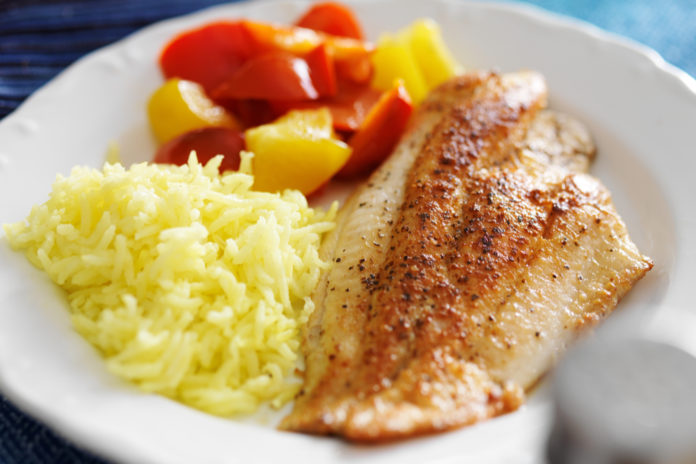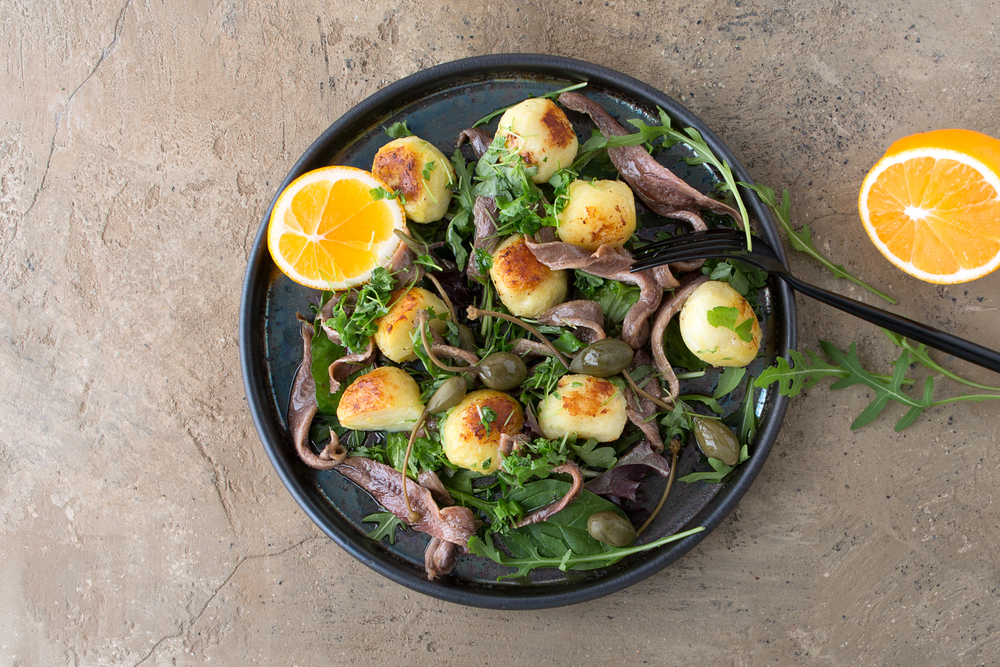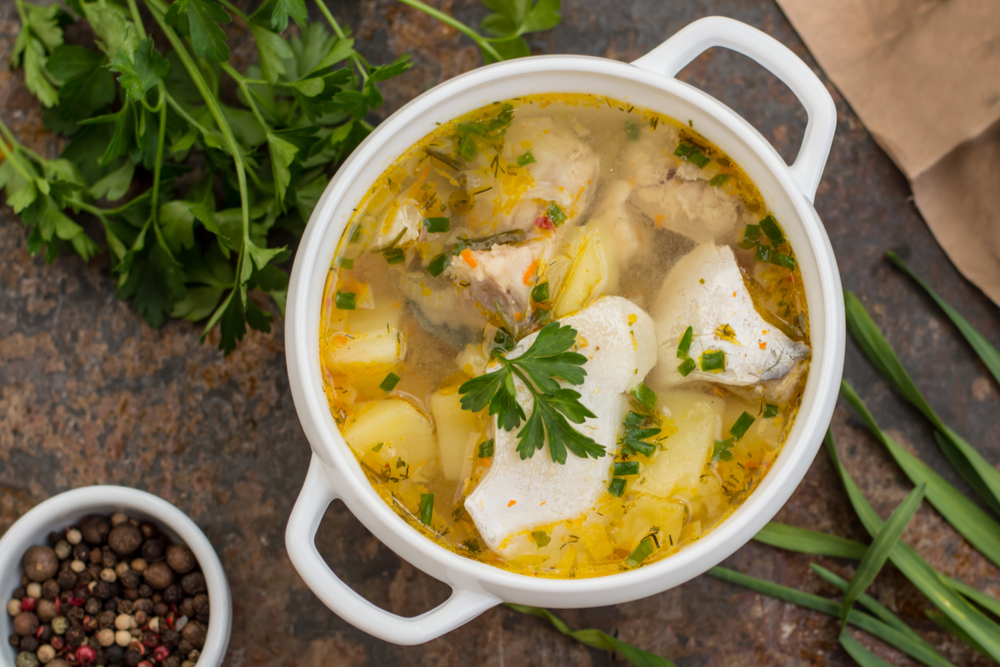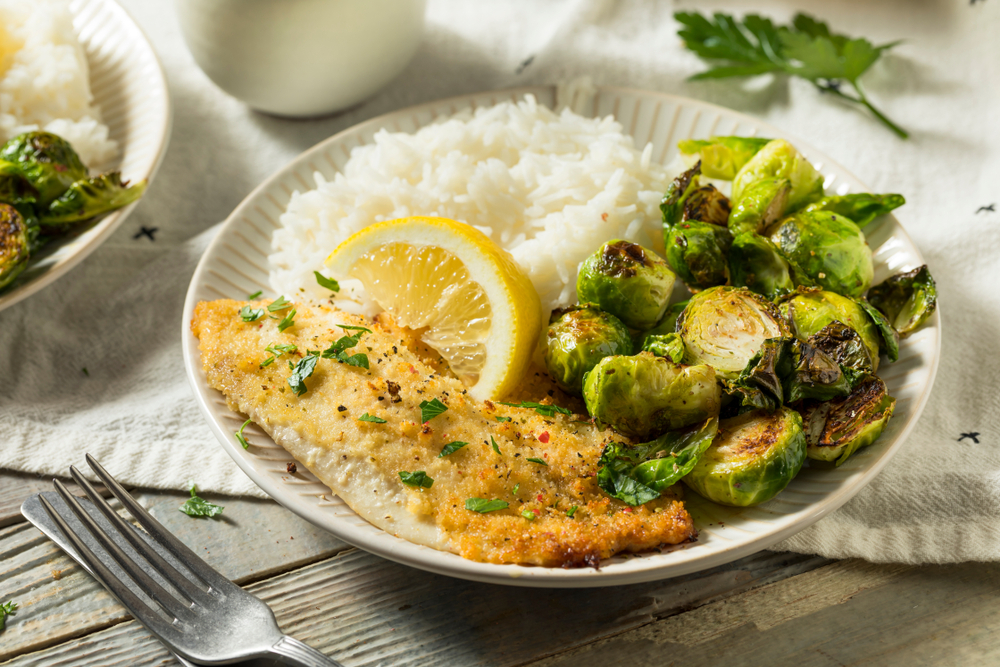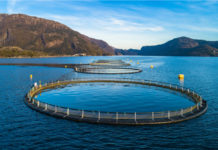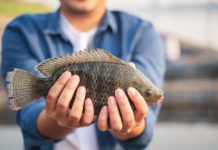As fishing practices have evolved, so has our understanding of responsible seafood. That said, sustainability isn’t always straightforward. Many consumers know about the negative environmental consequences that stem from irresponsible fishing practices. And yet, despite the abundance of information online, we still have to ask: what are the best fish to eat?
To help you navigate these tricky waters, we’ve outlined a few of the things that scientists, aquaculturists, regulators and conscious shoppers look out for. We’ve also created a list of some of the top fish for you and the planet.
What to Know About Responsible Seafood
To understand what makes some fish sustainable, it helps to know what makes others unsustainable. Here’s what to keep an eye on, so that you can make environmentally responsible choices:
- Fish Populations: There’s a reason governing bodies set fishing limits and population targets. We should be able to enjoy a variety of seafood without depleting our global supplies.
- Fishing Methods: Some fishing techniques and equipment, such as trawlers that drag along the ocean floor, can damage marine habitats and ecosystems.
- Bycatch: “Bycatch” is a term used to describe the non-target species that are caught by commercial fishers. Making up approximately 40% of fish catch worldwide, it often includes whales, dolphins, sharks, turtles and seabirds.
- Carbon Footprints: Was your seafood flown across the world before landing on your plate? Depending on where your fish is sourced, it can contribute to greenhouse gas emissions and other issues.
The above list may make it seem as if we shouldn’t enjoy seafood—but that’s simply not the case. In fact, there are plenty of fish that are as safe for the planet as they are delicious.
5 Environmentally Responsible Fish to Eat
Below, we’ve rounded up a few of the most sustainable fish to eat. Which one will you try first?
Anchovies
Compared to some other wild-caught species, anchovies don’t result in huge amounts of bycatch. Not only that, but the small, silver fish are affordable and packed with essential nutrients. Consider adding anchovies to your sandwiches, pizzas or salads. You can also try adding them to dressings and sauces for a natural burst of umami.
Mackerel
Mackerel have suffered from overfishing in many parts of the world, but there are still ways to enjoy this fish responsibly. Just remember to check your source, and look for mackerel that has been locally caught using hand-line methods. If you’re ever unsure, ask the fishmonger at the grocery store. Try baking, roasting, smoking or grilling this fish at home—it tastes great no matter how it’s cooked.
Tilapia
Unlike anchovies and mackerel, Tilapia is a farmed freshwater fish. For people with doubts about the species, there are dedicated producers—like Regal Springs Tilapia farmers in Mexico, Honduras and Indonesia—who work hard to ensure the fish is raised responsibly. What’s more, by giving the fish plant-based feeds, these farmers help develop the mild flavor that makes Tilapia suitable for tacos, pastas, soups and other great dishes.
Sardines
Sardines are among the most sustainable fish—but only if they’re responsibly sourced. When in doubt, do your best to support small local fishing communities and other certified suppliers that have committed to safe fishing practices. Since this fish contains a myriad of vital nutrients (omega-3, vitamin D, calcium), it’s worth incorporating into your meal prep.
Yellowtail Rockfish
This is considered a smart seafood choice for a couple reasons. First, the population remains above target levels, meaning it’s not at risk of being overfished. And second, most of the fishing gear used to catch yellowtail rockfish doesn’t come in contact with the ocean floor. Since yellowtail rockfish contains high amounts of selenium, a powerful antioxidant, this species is also a smart choice for your health.
Before you head to the market to plan for your next meal, it’s important to do some research. By trying your best to choose local or otherwise responsible seafood options, you not only get to enjoy a great meal, but also protect the environment.
Learn more about aquaculture and other fishing best practices.
Photo Credits: Joshua Resnick / Shutterstock Inc., kochabamba / Shutterstock Inc., Mahara / Shutterstock Inc., Brent Hofacker / Shutterstock Inc.


